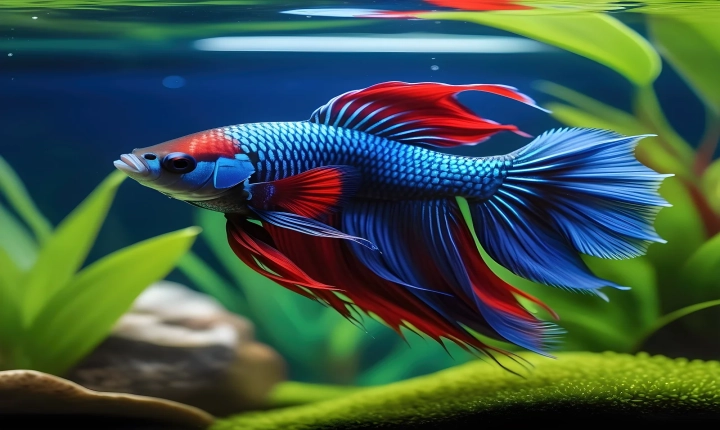Title: The Difference Between AI and Robots
Artificial intelligence (AI) and robots are two concepts that are often used interchangeably, but they are actually distinct technologies with unique characteristics and capabilities.
AI, as defined by the Encyclopedia of AI, refers to the development of computer systems that can perform tasks that typically require human intelligence. This includes tasks such as problem-solving, learning, and decision-making. AI systems can be designed to analyze large amounts of data, recognize patterns, and make predictions based on that data. They can also be programmed to understand and respond to natural language, as well as interact with humans in a manner that mimics human intelligence.
On the other hand, robots are physical machines that can be programmed to perform a variety of tasks autonomously or under human control. These tasks can range from repetitive industrial tasks, such as assembling products on a manufacturing line, to more complex interactions with humans, such as assisting with household chores or performing surgery in a hospital setting. While robots can be equipped with AI capabilities to make them more intelligent and adaptable to different situations, not all robots are powered by AI.
One of the key differences between AI and robots is that AI is a technology that can be embedded in various devices, including robots, but also in software applications and other digital systems. AI can exist as a standalone technology, while a robot refers specifically to a physical entity that can move and interact with its environment. In other words, AI can exist without a physical form, but a robot necessarily has a physical presence.
Furthermore, the focus of AI is on simulating and enhancing human-like intelligence and cognitive abilities, while the focus of robots is on physical interaction with the environment. Robots are built with sensors, motors, and actuators that enable them to move and manipulate objects, as well as interact with humans and other robots in a physical space.
In summary, AI and robots are distinct technologies with different focuses and applications. AI is centered around replicating and augmenting human-like intelligence in digital systems, while robots are physical machines that can be equipped with AI to perform a wide range of tasks in different environments.
Understanding this distinction can help clarify the capabilities and potential applications of each technology, as well as their respective impacts on various sectors, such as healthcare, manufacturing, and consumer electronics. As AI and robotics continue to advance, it is important to recognize the unique contributions of each technology and the ways in which they can work together to enhance human capabilities and improve our daily lives.
